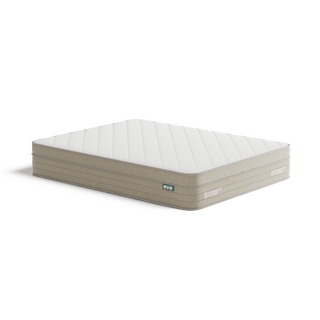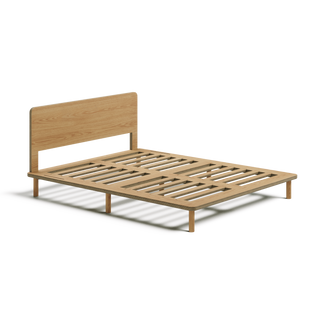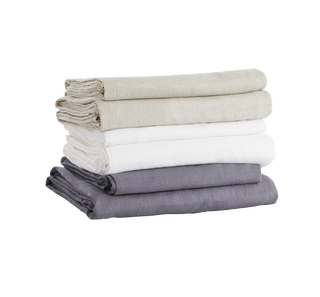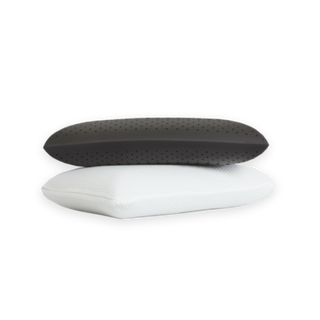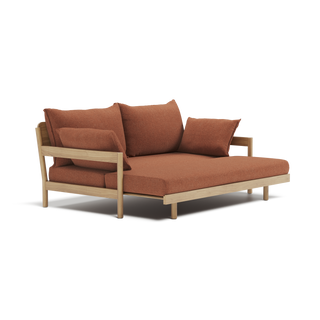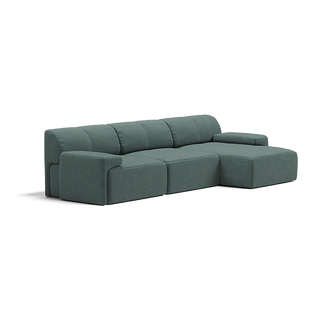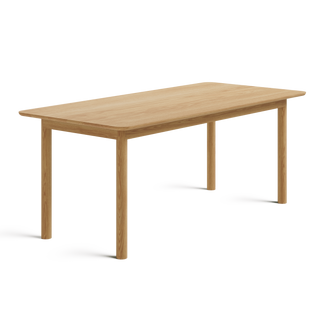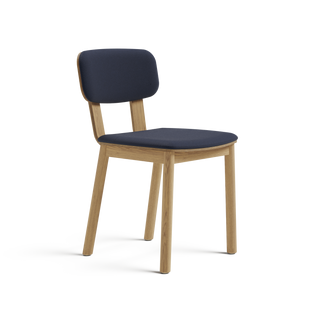Buying second hand can be a great way to furnish and style your home. From nabbing antique dressers at a bargain price, to finding a unique vase that speaks to your specific style, it’s a fun alternative to buying everything brand new. Not to mention it reduces waste, so it’s better for the planet and your bank account.
But there’s definitely a right and wrong way to shop second hand, so this blog is here to set out the ground rules to make your second hand experience a success.
If you're new to this, go for near-new items
If you’re new to second hand furniture shopping and you aren’t sure how to spot a great buy, then stick to the near-new items. Wear and tear can be difficult to spot, but can impact the longevity of a product. So the easiest way to ensure you’re buying something that will last a long time is to buy something near-new.
The tricky side to this is that most second hand stores won’t know whether a piece is near-new or not. In that case, it’s best to buy second hand from a reliable source that knows the product’s history. For example, through Eva’s Reloved program, we sell our products that have been returned within their 365 day trial, so you know your purchase is less than a year old.

Keep it clean
This might seem like an obvious one, but make sure you buy second hand furniture that’s clean and, even more importantly, easy to clean. If you’re in a store, it’s good to check all over the item (and underneath or inside) for any stains or dirt that’ll be hard to remove. Buyer’s regret is most commonly a result of you missing something simple. So be vigilant.
Note that mattresses in particular can be pretty gross if they’ve been used for a long time (think dead skin cells and sweat) so make sure you’re certain of its history before you buy. All mattresses sold through our Reloved program are deep-cleaned before being resold, so you can guarantee their good hygiene. You can also find spot cleaning tips for mattresses on this blog.
It's best if you know its history
As mentioned, if you know the whole story of where your furniture has been, you can be comfortable with its condition, and be more prepared for owning and looking after it. Sometimes it’s just about having a chat with the Gumtree seller or vintage store owner and asking a few questions about where the piece has been and who owned it previously.
Know your materials
Even just a little research on materials ahead of time can save you a lot of future hassle with buying second hand furniture. Being able to tell the difference between solid timber and timber veneer, knowing your tight weaves, and avoiding all shiny plastic altogether, will serve you in good stead.
 Know what you want, and save for that
Know what you want, and save for that
It can be very easy to get carried away with second hand shopping, with all those bargains everywhere you look. But this can be a trap leading to a minimalist’s nightmare: having a lot of things you don’t really need. So our recommendation is to be certain about what you need, and reserve most of your funds for that.
Start with the staples, like a second hand couch, bed frame or dining table. Let yourself splash out on these items for a higher quality and a style you’re sure will suit your home for years to come. Then, once those are taken care of, you can spend a little on that quirky vase in the corner that caught your eye, or the telephone shaped like a burger that you wouldn’t even know how to use.
The beauty of second hand is being able to shape your own style, as nearly everything you find is unique, so give yourself time to shape it - there’s no rush.
Quick-fire practical tips:
Bring or hire a van/truck/ute
It’s always a good idea, and you never know when you might find the perfect dresser that just won’t quite fit in the back of the Corolla.
Know your dimensions
Measure your space before you start buying! It’s a fundamental step that’s not to be overlooked.
Know your colour scheme - or stick to the basics
Make sure you know what colours you’ve already got to play with in your space to avoid any clashing. And if you’re not sure, you can’t really go wrong with neutral tones (creams, whites, greys, soft browns and greens) and simple timber.
If you’re looking for a reliable spot to find your second hand furniture, head to our Reloved page. We believe that high quality products that are almost new should be reloved rather than sent to landfill. And at a fraction of the price, you can think of it as a treat from the planet for giving new energy to furniture, instead of using up any extra.

